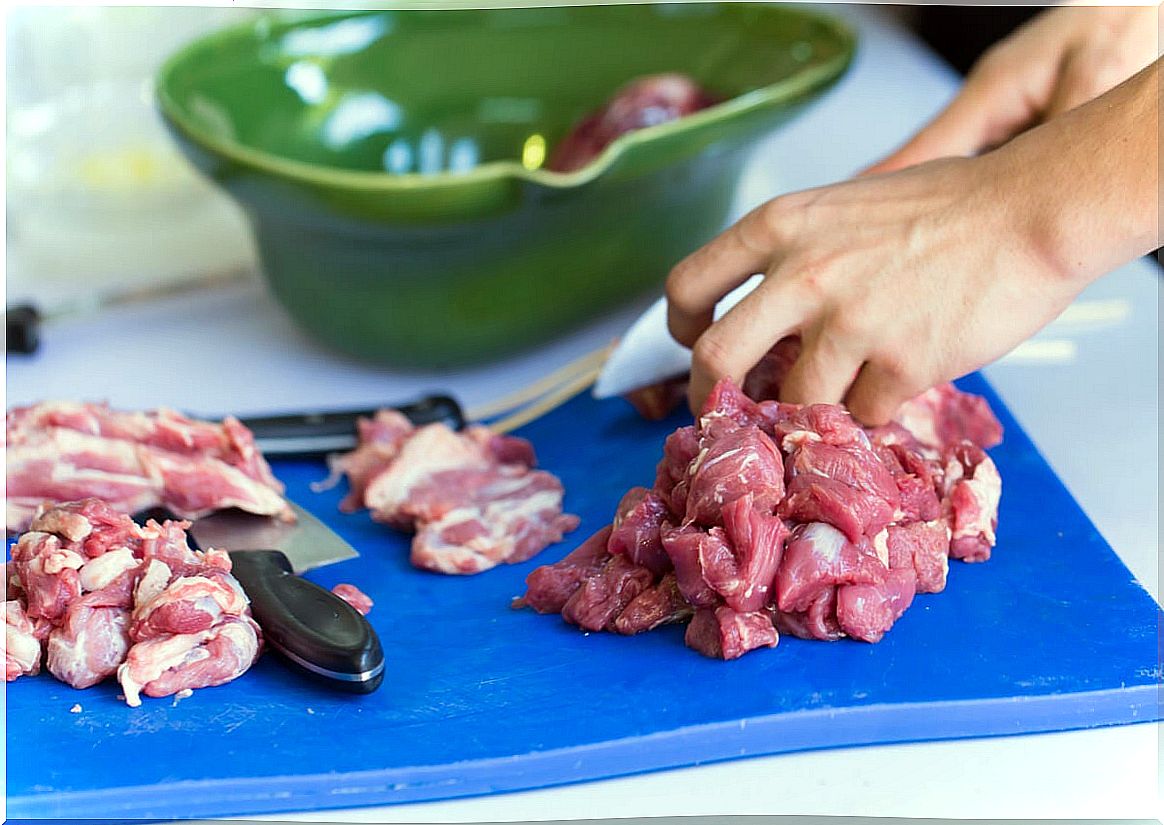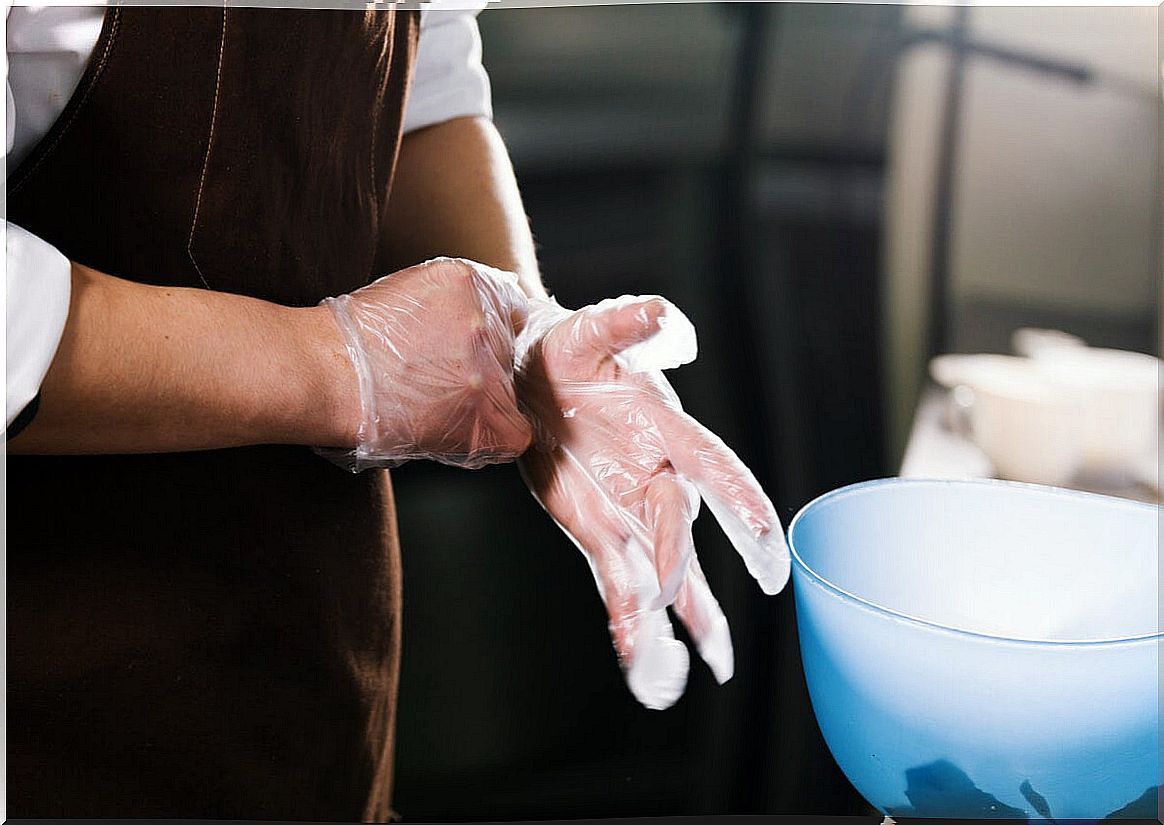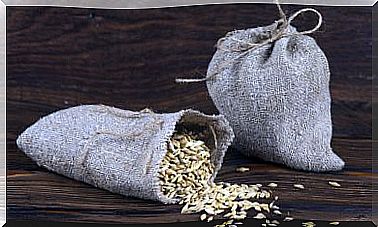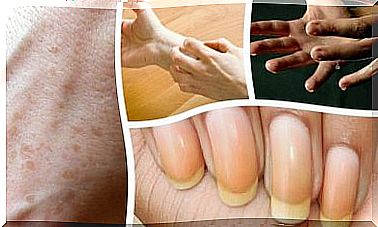3 Tips To Avoid Cross Contamination
Avoiding cross contamination is crucial in diseases like celiac disease. It is the phenomenon in which a person can be poisoned by allergens or microorganisms present in a product or utensil that has been in contact with a food that they have consumed.
Next we are going to offer you a series of tips to avoid cross contamination. In this way, you will reduce the risk of developing acute pathologies derived from intoxication or the expression of an allergy. Do not forget that maintaining security measures is essential to protect health when it comes to food.
3 tips to avoid cross contamination
We will explain 3 details that you must take into account when handling the food that you are going to consume. Pay attention to reducing the risk of getting sick.
1. Do not put cooked and raw food in contact
Foods that have undergone a cooking process, as a general rule, have inactivated microorganisms and toxins that can generate pathologies. Scientific evidence suggests that nematodes, such as anisakis, are destroyed by being subjected to low or high temperatures.
However, if we put a cooked food in contact with a fresh one that contains harmful bacteria, they can jump from one product to another and begin to reproduce. In this way, the microbiological risk is increased and cross-contamination occurs.
We recommend that you always reserve a space in the kitchen for those foods that have undergone a cooking process, separate from the place where the ingredients that have yet to be cooked will be found. A very typical example is mixing cooked vegetables with meat or fish that are still raw.
This practice involves health risks, especially when animal products have not been subjected to prior freezing or sanitization.

2. Don’t use the same knife to cut all the food
In the same way that it is not convenient to gather food, the same cutlery should not be used to handle it. A typical example of not avoiding cross contamination is sharing utensils with the presence of gluten.
An investigation published in the Journal of Food Protection ensures that when preparing food for a person with celiac disease, freshly washed cutlery should be used. In addition, and as far as possible, that they have not come into contact with any food likely to contain gluten.
The same can happen if the product in question contains bacteria that are pathogenic for humans. When handling different foods, it is essential to wash the knives well, to avoid these kinds of situations.
3. Pans and oils are also a vehicle of transmission
In addition to being careful with handling utensils, cooking elements must be sanitized after use. Bacteria or allergens that may remain in them after cooking can be transmitted to the food that is placed in the container.
Celiacs are the individuals most susceptible to this type of cross contamination. However, there are also cases where bacteria manage to survive in the container and reproduce once they come into contact with the food that is introduced into it.
Anyway, that this situation takes place is not as simple as it seems. For an allergen or bacteria to cause specific harm, it needs to be in a minimum dose. As stated by research published in the Journal of Food Protection , it is rare for poisonings to be detected if the bacterial load is negligible.
Celiacs are exposed to these kinds of events if they cannot avoid cross-contamination. Few proteins are needed to trigger an autoimmune process in these patients.

Pay attention to food hygiene to avoid cross contamination
Food poisoning due to lack of caution is more common than you think. For this reason, it is essential to follow the advice that we have proposed in order to reduce their incidence.
An excess of hygiene is usually harmful in the long term, but a lack of it also. Especially when handling food, try to avoid certain behaviors that are considered risky.
Also, do not forget that thorough cooking and well-performed freezing processes are capable of inactivating many pathogenic organisms that can cause poisoning and acute problems. Anisakis, for example, is inactivated by subjecting fish to very low temperatures.
Make sure you comply with the basic rules that we explain to you. Also check the quality and hygiene of the utensils you use in the kitchen to handle food. Any precaution you take will not hurt.









